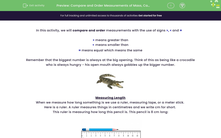In this activity, we will compare and order measurements with the use of signs >, < and =
> means greater than
< means smaller than
= means equal which means the same
Remember that the biggest number is always at the big opening. Think of this as being like a crocodile who is always hungry - his open mouth always gobbles up the bigger number.
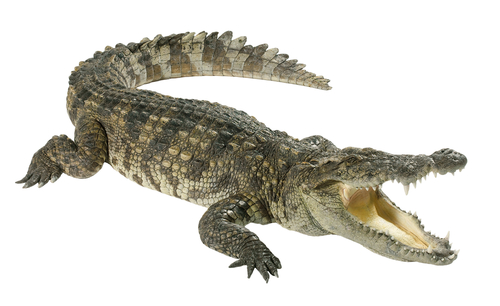
Measuring Length
When we measure how long something is we use a ruler, measuring tape, or a meter stick.
Here is a ruler. A ruler measures things in centimetres and we write cm for short.
This ruler is measuring how long this pencil is. This pencil is 8 cm long:
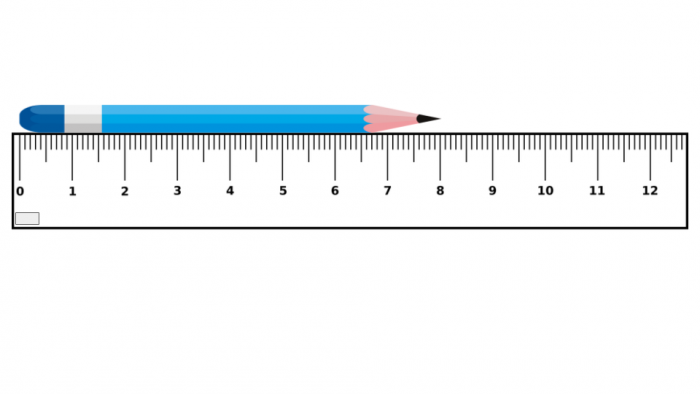
We would use a measuring tape, a tape measure or a meter stick to measure bigger things.
We could measure things like the height of a child, the length of a table or the size of a bicycle.
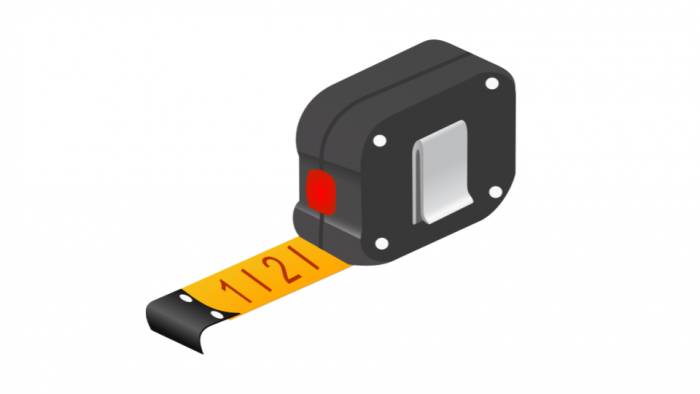
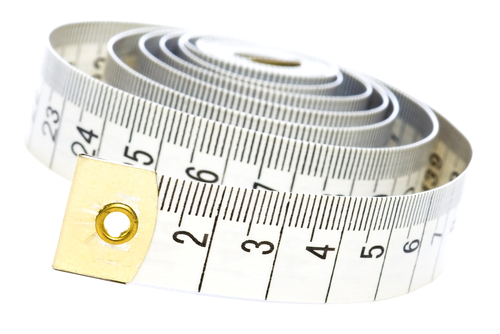
100 cm is the same length as one metre.
We write m to represent metre: 100 cm = 1 m
Measuring mass
Measuring mass means measuring how much something weighs.
We use scales to measure how much something weighs and we weigh in grams or kilograms.
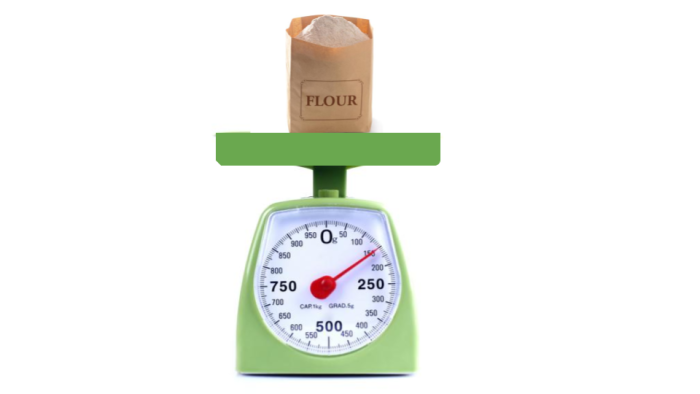
Here, these scales are measuring the mass of this bag of flour. It weighs 150 grams. This is 150 g.
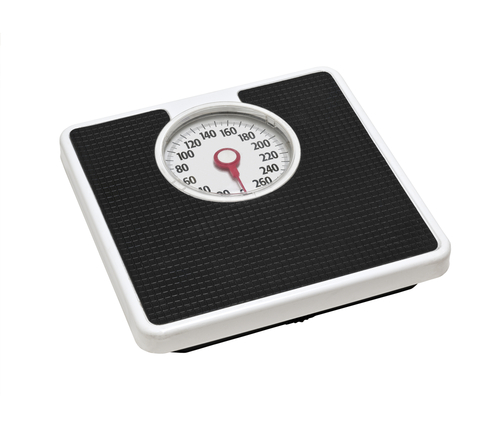
Here, these scales would measure the weight of a person, and this is measured in kilograms.
A child may weigh around 20 kg.
We will be comparing g and kg in these questions.
1,000 g makes 1 kg
Measuring Capacity
Capacity or volume is the measurement of a liquid inside a container.
We would use this when measuring out a liquid like milk.
We measure in millilitres (ml) or litres (l).
We use a measuring jug to measure out liquids:
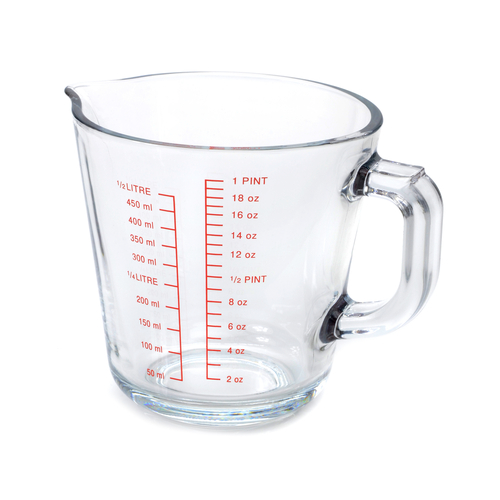
1,000 ml makes 1 litre.
We will be comparing different measurements using the bigger than, less than, and equal symbols.
Keep your eye on the unit of measure - is it in cm or m? ml or l? kg or g?
Let's have a look at an example.
Example
Fill in the missing symbol: >, < or =
100 ml .gif) 1 l
1 l
Answer
Which quantity is bigger?
Here, we have 100 millilitres and one litre.
Remember that 1 litre is the same as 1,000 ml.
So which is bigger? 1,000 ml or 100 ml? The more zeros, the bigger the number!
1,000 ml is bigger which means 1 l is bigger.
Remember, the crocodile eats the biggest number so it will eat the 1 l like this:
100 ml  1 l
1 l
This reads 100 ml is smaller than 1 litre.
Are you ready to have a go at some questions now?

